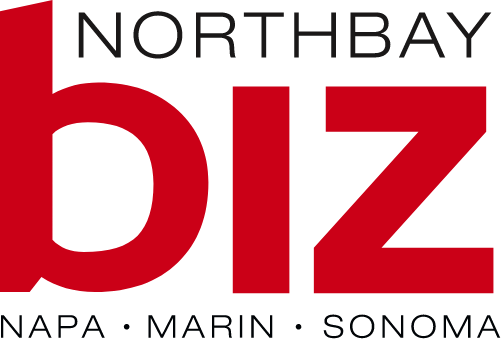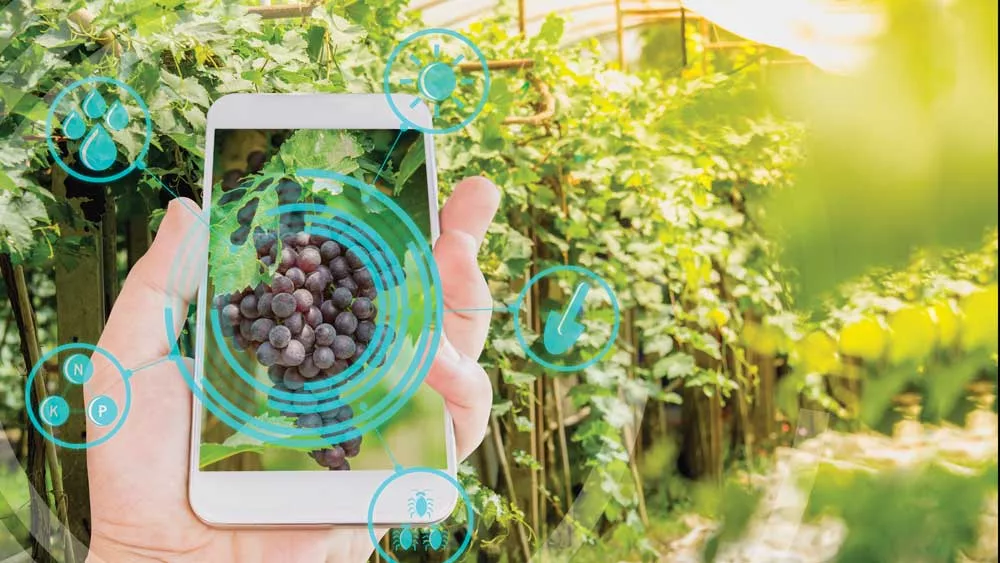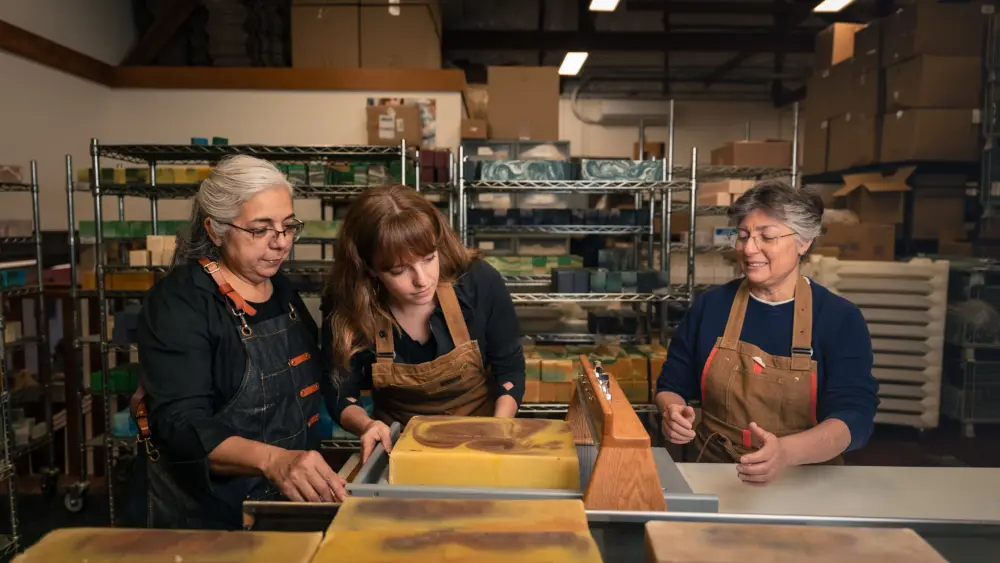In 2023, wineries have access to better technology, information and equipment than was available even just a decade ago—and its use isn’t limited to the cellar. Technological advancements are affecting winemaking at every level, from the vineyard to the cellar and even the packaging that wine comes in.
From technology that allows vineyard managers to track soil moisture levels in order to manage water use to software that allows for less labor-intensive and more advanced cellar management—winemakers have a bevy of tools at their disposal. Yet using technology in winemaking doesn’t mean removing the human touch. The best winemakers use technology to enhance—not replace—their expertise, using it to provide more accurate data, to save time and resources, and provide insights that would otherwise be impossible. Even boutique, premium producers lean on recently developed technology to aid them in winemaking.
Additionally, while winemaking may seem to many consumers like a passion-based pursuit, wineries are still businesses—businesses in which the quality of the final product is crucial to their success. With climate conditions becoming increasingly variable and difficult to forecast, the cost of land and labor continuing to rise, and water becoming an increasingly grave issue for many of the world’s wine regions—technology can have a much larger impact than just on the quality of the wines.

Asked whether these technological advancements have changed the way winemakers make wine—and the quality of those wines—the local North Bay winemakers we interviewed all agreed that the technology that exists today is leaps and bounds beyond what it was a decade ago, and that it has helped them in the vineyard and in the cellar as well as with testing, analysis and overall management.
“Technology can save a lot of time and helps improve efficiency,” says Theresa Heredia, winemaker at Gary Farrell Winery in Healdsburg. “For example, the new software that we started using this year [has] saved lots of time in helping us organize and keep track of barrels.” This was previously done in spreadsheets, a manual process with more potential for human error, she says.
“This same winemaking software allows us to look up information on-demand from our mobile devices, whether at the winery or offsite,” adds Heredia. “If we are able to function more efficiently, we will make fewer mistakes.”
Of course, good wine still starts in the vineyard and North Bay winemakers have a much better understanding today of water stress, cover crop, canopy load, crop management, etc., than they did 15 years ago. The evolution of the wine industry has led to continued advancements in viticulture practices, led partly by the commercial growth in the wine-as-a-product category as well as growth in consumer education and demand for quality. But its evolution has also been spurred by changing climate conditions, rising costs and increased competition in the market. Technology in the wine industry has always been a bit slow to catch up with the wine industry’s changing needs, but there have been rapid advancements over the past five to seven years that have dramatically improved upon previous technology while making it accessible to a larger number of businesses.
Technology in the vineyard
There is so much exciting new viticulture technology that is aiding wineries in their quest to use less water, more effectively manage vineyard operations and treat issues even when working with smaller teams.
When it comes to soil-moisture levels, for example, soil-probe technology has come a long way over the past decade.
“We now have soil probes keeping track of soil moisture, so we can fine-tune how much water application a vine needs, and we use weather stations to track humidity, rain fall, and wind speeds,” says James MacPhail, winemaker at The Calling Wine. “This technology has really helped me to reduce my water usage.”
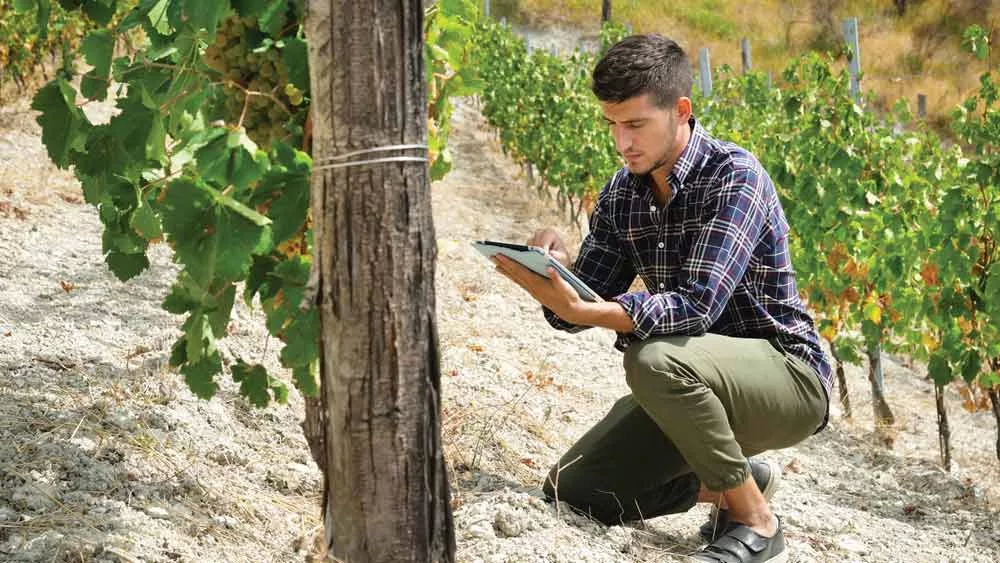
“From soil-based probes with lifetime data feed to plant-based sensors to site-based evapotranspiration units assisted by AI, we’re able to save water and increase wine quality and crop returns using advanced irrigation technology” adds Lise Asimont, winemaker and co-founder of Dot Wines, whose tasting room is at the Bacchus Landing tasting space in Healdsburg.
Other technologies are helping make vineyard operations more precise and environmentally friendly. “Sensing technologies such as electromagnetic induction and multispectral imaging have enabled growers to identify and treat problem areas separately, limiting tractor use and chemical residue in grapes” says Heredia.

There have also been advances in the software used to assist with soil mapping. “Onsite [soil mapping] has advanced dramatically with the ability to run AI and publicly available data sources,” Asimont, says referring to the United States Geological Survey and other sources. “With the onset of companies like VinSense the advancements in this area have been huge”.
Asimont also cites aerial imaging and canopy management technology as “advanced to the point that we’re able to use it for more than just monitoring our vineyards. We can now create georeferenced maps and create farming groups and micro-blocks in which to raise quality or approach vineyard issues such as pest pressure or poor soil conditions.”
With pruning and canopy management that assists winemakers by doing the heavy lifting, wineries are also able to save on labor costs and prune within tighter timeframes, as well as increase the safety of a vineyard’s pruning practices. For wineries dealing with higher-tonnage vineyards this could make an even bigger impact in coming years, adds Asimont, noting that mechanical leaf pulling lowers labor costs and allows for exercise to be more precisely timed, which results in higher quality wines.

The advancements don’t end there. It would be difficult to include everything within the realm of technology that affects wineries’ activities in the vineyard. Each winery is different. How they use technology depends on their production levels, resources and preferences. However, it is safe to say that most wineries cannot avoid incorporating more advanced technology into their operations if they want to effectively manage their resources, combat climate change and produce wines at a high level of quality.
A barrel full of information
From water-saving steam cleaning methods to optical sorters and cellar-management software, technological advancements in the cellar make a huge impact on everything from the reduction of bacteria in re-used barrels to the percentage of unevenly ripened fruit that makes it into the fermentation tank.
For cellar management, the software available to winemakers has greatly lightened the load for them both in terms of hours and labor but also in terms of quality and practicality. James MacPhail points out how much of a game changer InnoVint cellar management software was for him at The Calling. “I started using InnoVint for The Calling a few years back, and this is the most user-friendly, advanced cellar management software to date,” MacPhail says. “I can check all current data on our lots and winemaking in real time”.
Elsewhere in the cellar, steam technology has become more embraced by wineries as it is increasingly recognized as a much more effective method of cleaning barrels. Theresa Heredia of Gary Farrell says that steam for barrel cleaning is “really the only thing that penetrates the grains of the wood staves, and the water savings have been an added bonus.”
Moving on to the fruit, once it is in the cellar, there may be no more important development than the optical sorter. Today’s cutting-edge optical sorters allow winemakers to more effectively eliminate dehydrated or underripe grapes, while reducing labor costs (there are also grape imperfections the human eye cannot see, that the optical sorters can catch). This further helps winemakers focused on bottling the absolute best wines that they can, rather than having to potentially correct for deficiencies after the wine is bottled.
As Jesse Katz, founder and winemaker of Aperture Cellars in Healdsburg, observes, “The more advanced technology and equipment we’re now able to use really helps us get at the core of that fruit and eliminate extremes on either side.” An example of this, he says, is the concern over heat spikes, which can lead to some grapes being overexposed and therefore dehydrated which results in rising brix, or sugar content, during maceration.
He says if they can eliminate the dehydrated grapes through optical sorting, they can cut the unwanted brix level by half.
Another advantage is the ability to sort out unripened berries, “leaving us with better, more uniformly and perfectly ripe fruit” resulting in “a better and less altered finished product,” says Katz.
Uncorking the possibilities
Analytical equipment for the lab has become more user friendly in the past decade. Many wineries have integrated new systems in recent years, including Gary Farrell Vineyards. Says Heredia, “We’ve recently integrated a system in our lab that is so much easier to operate, and it provides accurate results without the need for extensive calibrations and set up times. The consumable materials that are needed to run tests have become more economical as well. We’re looking forward to using this new technology during the impending vintage so that we can obtain reliable information on an as-needed basis.”
Moving beyond the technology in the vineyard, lab and cellar, technological advancements also touch packaging. One example is the new and more advanced methods for processing natural cork to reduce the instance of corked wines. Gary Farrell, like many other wineries in recent years, has switched from classic punched cork closures to DIAM corks, which, Heredia says, “are natural cork material that has been pulverized, cleaned up using supercritical carbon dioxide to remove TCA [cork taint], and then molded into cork shape again in such a way that I can select the desired rate of permeability that is best suited to our bottle-aging regime.”
More harm than good?
While the winemakers we interviewed agree the industry has benefited from technological advancements, they also concede that there is no way to replace the human touch in the winemaking process.
For example, many solutions or technological advancements are focused on reducing the amount of time and labor needed to perform certain tasks. While this is mostly a good thing, there are somewhat troubling implications when it comes to the mechanization of labor in the vineyards.
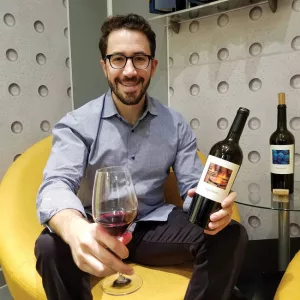
While the industry has faced severe labor shortages in recent years, and small wineries with limited teams are already at a disadvantage when it comes to implementing labor intensive practices, the move toward more mechanization in the vineyards isn’t necessarily desirable for boutique wineries where the belief is that fine wines benefit from human hands on vines. “Vineyards are now often modified, or designed from the start, to accommodate the limitations of machines…” says Heredia. “While this shift toward mechanization is understandable and has been necessary for some growers, I believe that wine quality generally suffers when hands in the vines are replaced by machines.”
MacPhail also believes that winemaking requires a human touch, saying that “a winemaker’s direct connection or pulse with the vineyard and the fermentation process cannot be replaced.”
At the end of the day, technological advancements have given winemakers more information and in a way that is more efficient and more accurate. Utilizing a new piece of lab equipment, vineyard testing equipment or cellar-management software allows winemakers to gather data on demand during busy periods, work with more accurate information, and spend less time and labor in the process—allowing them to make decisions more rapidly, with a higher rate of success. This all contributes to a winemaker’s ability to make higher quality wines.
Additionally, key tests, analyses, monitoring and activities can be done much quicker than in the past, leaving more time for winemakers to spend hands-on in the vineyard, or making higher level winemaking decisions. However, in certain areas, such as the vineyard, technology is starting to replace human labor that many winemakers feel cannot be completely replaced.
Author
-

Brooke Herron is a Sonoma County based online marketing and sales strategy consultant, online marketing educator, and freelance writer. She has a 20 year background in the wine industry. Her work has been featured in a variety of print and digital publications including Decanter Magazine, Fodors Travel, Edible Marin and Wine Country, SommJournal, Wine Industry Advisor, Cidercraft Magazine, NorthWest Travel Magazine, sonoma.com, and sonomacounty.com.
View all posts
